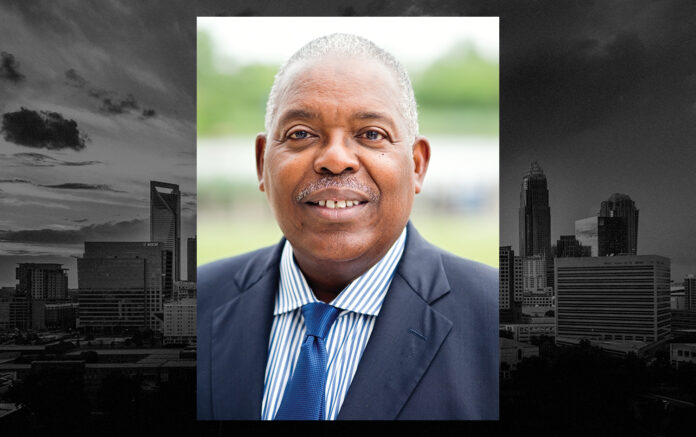At the North Carolina League of Municipalities, our motto of, “Working as One, Advancing All,” is one that we take seriously.
You see it when we advocate for land-use policies that allow our biggest cities and smallest towns to pursue their own unique visions of what their communities should look like. You see it when we provide legal services to help cities and towns of all sizes comply with the latest legal changes. You see it when we provide liability, health, and workers’ compensation insurance to municipalities of all sizes, and work with each to limit claims and make their communities and workplaces safe.
More recently, we have been developing and providing an array of services to help cities and towns wisely utilize the resources provided by the American Rescue Plan, as well as utilize those dollars to put some struggling towns on a firmer financial footing.
Of course, the reality doesn’t always match people’s perceptions.
By some, we are seen as focusing on the challenges of our small towns, where decades of job and population loss have certainly created some significant issues. Others see the League and the word “cities” as synonymous, and then only see “cities” as the state’s major cities.
Often, though, it is our mid-sized cities and towns that both rely on the most League services, and are among the most involved in League activities.
As a Council Member in one of those mid-sized communities, I don’t find that surprising at all.
Cities like Raleigh and Charlotte are large economic engines of state, and get a fair share of publicity as a result. But when you pull back the curtain a bit, you will find that mid-sized suburban communities are places of growth, innovation, and professionalism, too. Striving to meet that growth means that we are always looking for and sharing new ideas that allow us to be economically vibrant and maintain a strong quality of life for our residents.
You might be surprised to know that the 10 fastest growing cities in North Carolina, on a percentage basis, are not the state’s largest cities, but suburban communities. All 10 are in Wake, Brunswick and Union counties.
As for innovation, look no further than the creative and forward-thinking ways our municipal governments connect with residents.
I know of some municipalities in the state that spend a day each month sending workers to residents’ homes—not to hand them a bill or question them about zoning—but just to listen to anything on their mind regarding the community. What are you worried about? What can we do better?
In my town of Fuquay-Varina, we have attempted to make the process of getting feedback from our residents even easier.
Our “Let’s Talk Fuquay-Varina” program allows residents to register online to discuss a range of topics via the internet. Regarding various projects, we seek people’s engagement and feedback. It may include quick polls, more extensive surveys or ongoing community discussions. The program allows for anonymous comments without registration, but encourages users to provide emails—which are not shared—so that town officials can more fully engage and involve them in the different projects taking place.
That type of citizen engagement is just one type of innovation taking place in communities of all sizes all across North Carolina.
Driving through communities from the mountains to the coast, you can see other innovative ideas taking root, whether it involves downtown development, enhancing tourism opportunities, or making communities more attractive places to live through fun, inventive park designs.
We should all be proud to live in a state where this kind of vibrancy takes place in cities and towns of all sizes and knowing that NCLM represents them all.
















